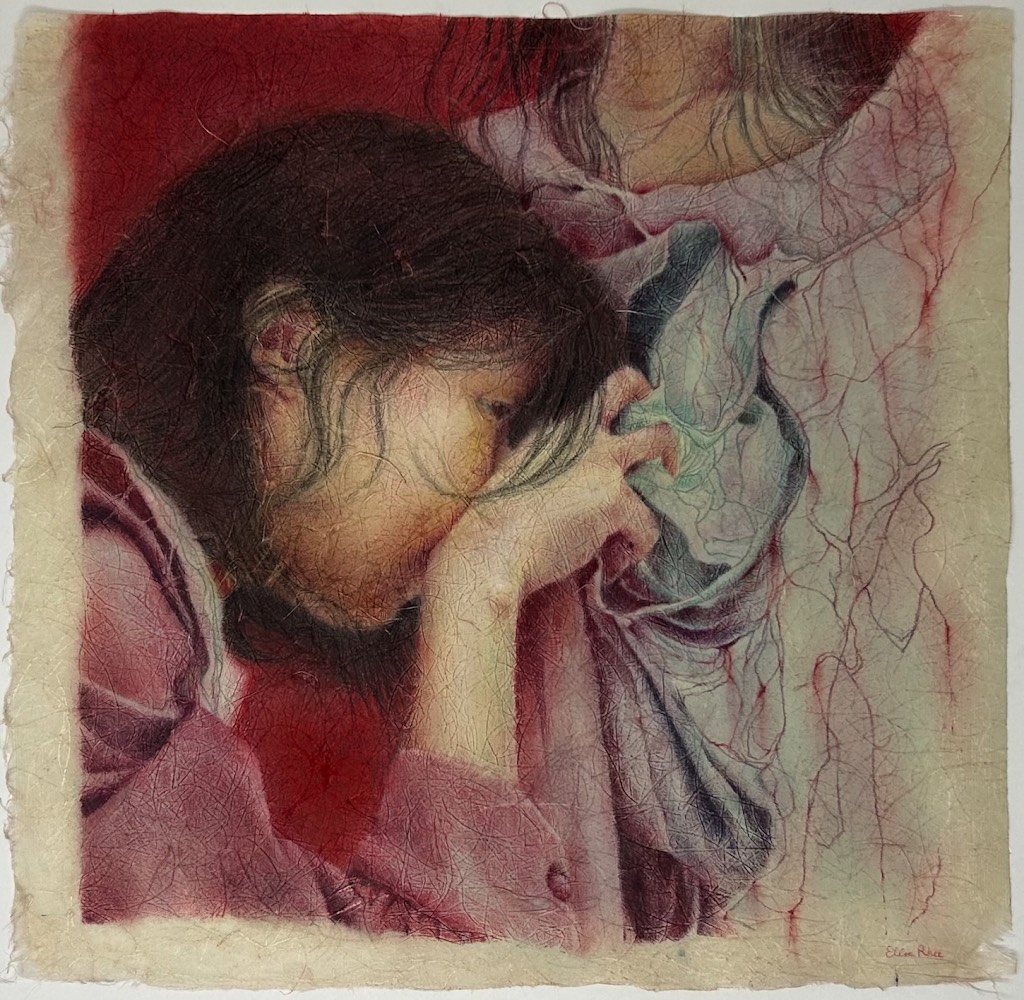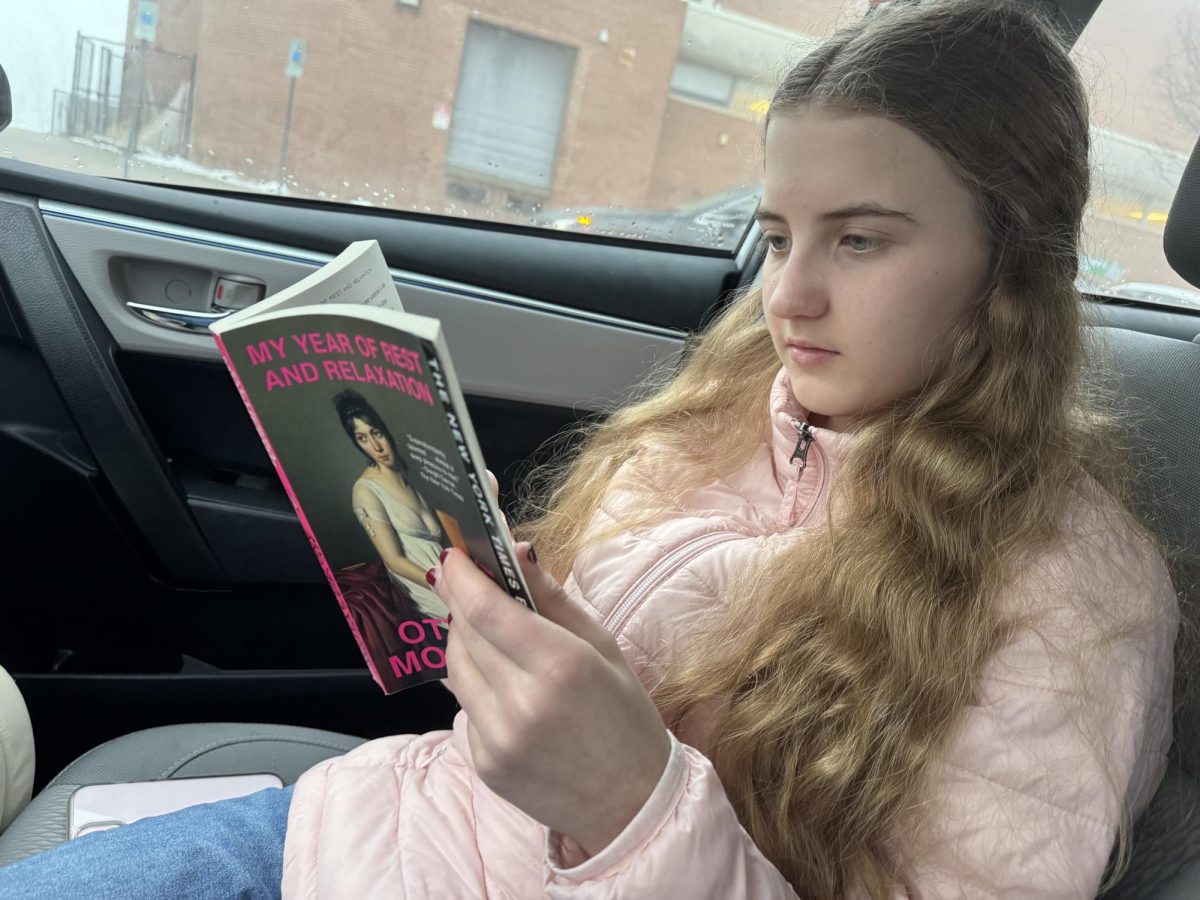With the advent of 3D printing, the technological world has entered a revolutionary period. CHS’ “Think Big” entrepreneurship club plans to bring this technological revolution home and raise funds for a 3D printer for students and staff to use during instruction or at their discretion to create their own prototypes.
“Think Big started as a club to help students pursue entrepreneurial interest, so we thought a 3D printer would be a great outlet for those who want to develop and potentially sell new things,” senior co-president Erik Johnson said. “I’ve already been approached by multiple students asking when the 3D printer will arrive to they can print prototypes for ideas they have.”
Many high schools and universities such as Duke, Stanford and Cornell University have brought 3D printing programs to their campuses, allowing students to summon their innate creativity and create their own prototypes. A 3D printer at CHS would allow students to take their coursework to a whole new dimension.
“We really think students will be able to benefit in a huge way by being able to create their own ideas,” senior co-president Anand Upender said. “I have seen how much creativity 3D printing inspires because you can make any physical object or invention that comes to your mind—CHS needs that.”
While 3D printers could only produce small figurines in its infant years, they can now print a plethora of complex and important objects: bones, organs, guns, instruments, camera lenses and even houses (with printers that print with concrete).
“A 3D printer is a new, extremely interesting idea with loads of potential that will play a huge part in the future of the automotive industry, the prosthetics industry and the medical industry,” Johnson said.
According to Upender, the potential 3D printer will be available for both student and staff use. In order for the plan for the printer to come through, Think Big needs funding by students and parents who support this aspect of education through novel technology. The club is hoping that the printer will be ready for students in December.
“Anyone at CHS can use the printer but only if we have their support early on as we fund it. We plan to use the popular crowd-funding platform, Kickstarter, to get people excited about getting a 3D printer and raise money from students and parents,” Upender said. “It will be available to classes, clubs and individuals who show an interest and are willing to learn how to use it.”
Think Big plans to use Kickstarter to raise about $2,000 for their campaign. They have also implemented a stretch goal to sponsor the addition of a 3D printer to another MCPS School, perhaps Seneca Valley or Watkins Mill.
A 3D printer would serve multiple purposes at CHS. Biology classes could print models of cells, art classes could print parts to fix broken supplies, and technology classes could incorporate prototyping into their curriculums.
The Think Big officers also plan for the 3D printer to teach students about the technology and engineering fields.
“Since 3D printing is permeating throughout more and more fields, students will have the rare ability to learn the code and programming for it, and overall be familiar with technology they will likely encounter down the line,” Johnson said. “Further, CHS doesn’t have any engineering classes, but with a 3D printer students could experiment with engineering themselves, for example by designing minimalistic structures to support a certain weight.”
As MCPS schools are making progress to become more technologically advanced schools with the implementation of Wi-Fi and Chromebooks, the addition of a 3D printer may bring CHS one step closer to becoming a school of the future.







